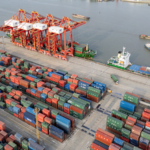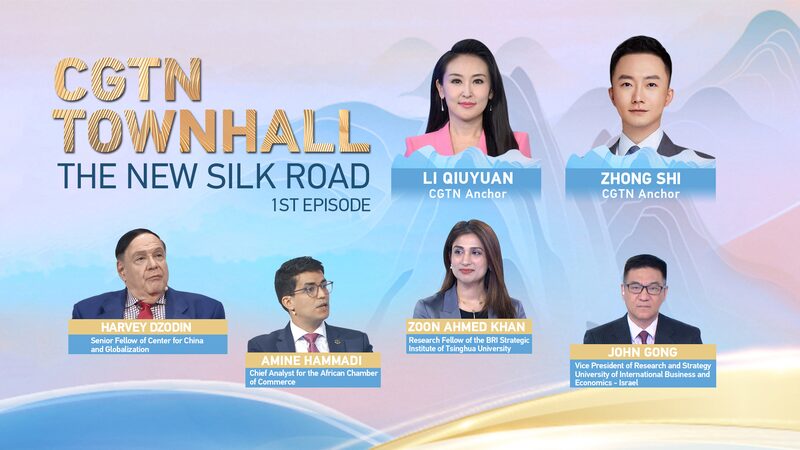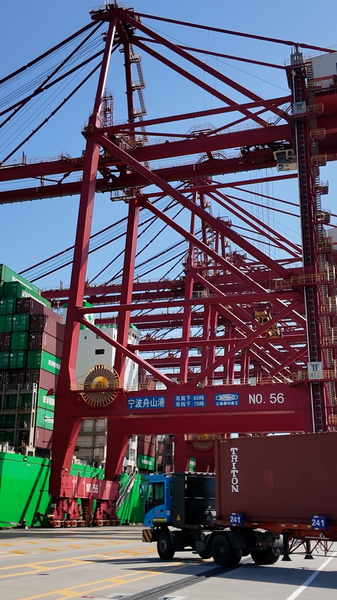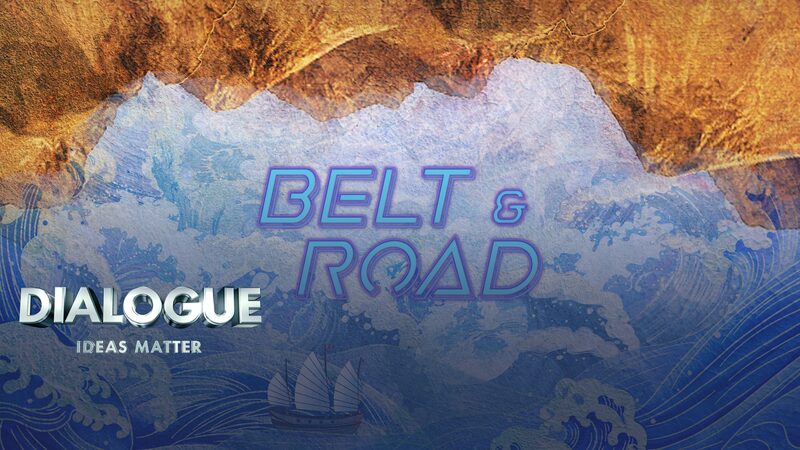China’s Belt and Road Initiative (BRI) just hit its 10-year milestone – and it’s reshaping how nations collaborate! 🚀 A new white paper released by the Chinese government highlights the BRI’s role as a cornerstone for building a 'global community of shared future,' sparking fresh dialogue about inclusive development.
From Ancient Trade Routes to Modern Partnerships
Inspired by the ancient Silk Road’s legacy of cultural exchange, the BRI revives its spirit of peace and mutual benefit. Over 150 countries have joined this modern network, unlocking opportunities in infrastructure, trade, and tech. Think of it as history’s biggest group project 🌐 – one that’s bridging gaps between continents.
Why This Matters Now
Launched in 2013 by Chinese President Xi Jinping, the BRI tackles today’s globalization challenges head-on. While economic growth has surged worldwide, inequality persists. The initiative aims to level the playing field by connecting markets, sharing tech innovations, and aligning with the UN’s Sustainable Development Goals. 💡 ‘It’s not just China’s vision – it’s a collective effort,’ the white paper stresses.
What’s Next?
With plans for 'high-quality' partnerships and smarter resource sharing, the BRI is evolving. From renewable energy projects to digital trade corridors, the next decade could redefine how nations tackle climate action and economic equity. 🌱 As the white paper puts it: 'Shared challenges demand shared solutions.'
Reference(s):
The global community of shared future: Enduring significance of BRI
cgtn.com





